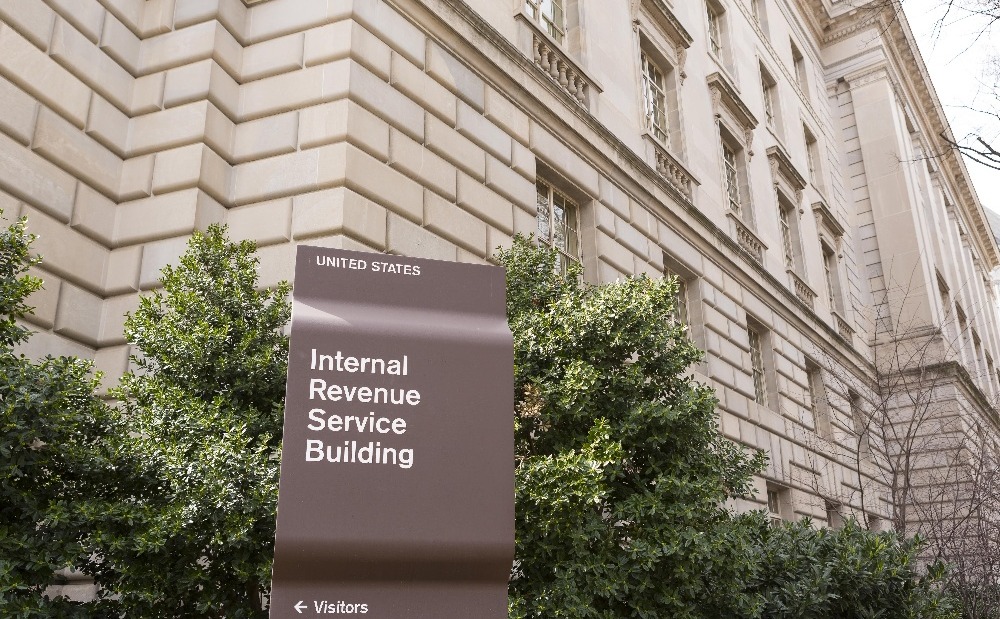On May 6, the Social Security and Medicare trust fund trustees issued their annual report. The report predicts a financial crisis for the funds within 10 years, unless Congress intervenes before then.
The report finds that:
- Social Security’s Old Age and Survivors Insurance (OASI) trust fund will be unable to pay full benefits after 2032 (a timeline unchanged from last year’s report). If Congress has not made any changes before 2032, the trust fund’s reserves will have been depleted and the fund will be able to pay benefits only from current income. That means benefit payments of about 79 percent of scheduled benefits, the report says.
- The Disability Insurance (DI) fund is more solvent than the other funds—the 2024 trustees report says the DI fund will be able to pay 100 percent of total scheduled benefits through at least 2097.
- The combination of the OASI and DI funds (generally referred to as the OASDI funds) would allow full payment of scheduled benefits until 2035, a one-year improvement over last year’s projections. If changes are not made by 2035, OASDI funds would allow for payment of 83 percent of scheduled benefits. The report notes that the two funds cannot be combined without a change in the law, but OASDI is frequently used as a general measure of Social Security’s long-range solvency.
- The Hospital Insurance (HI) fund (Medicare) is also doing better than projected last year. This year’s report projects that the HI fund will be able to pay 100 percent of scheduled benefits until 2035, five years later than last year’s report projected. If Congress does not change the law before then, the HI fund would be able to pay 89 percent of scheduled benefits after the trust fund’s reserves are depleted.
- The Supplementary Medical Insurance fund (SMI) is “adequately financed into the indefinite future,” the trustees’ report says. That is because the SMI fund’s financing comes from beneficiary premiums (and associated federal contributions) and are automatically adjusted each year. However, the report warns that even though financing is stable, SMI costs have been rising rapidly and placing “steadily increasing demands” on beneficiaries and taxpayers.
The trustees report echoes comments made by a number of lawmakers and Social Security/Medicare experts: that changes are required and that the sooner they are made, the less painful they will be. Among the potential changes being discussed are elimination of the Social Security wage base, adjustments to benefits (up for lower income people, down for higher-income individuals), payroll tax increases, and inflation adjustment changes.
Prospects: Long viewed as “the third rail of American politics,” any changes to Social Security especially, but also to Medicare, are fraught. There are proposals pending, and a lot of political rhetoric about “threats” to Social Security and Medicare. And the time is coming—although probably not this year—when these programs will generate Congressional action as well as attention. Any law changes will have significant tangential impact on retirement planning and therefore on the products NAIFA members offer to their clients. NAIFA is watching these developments carefully.
NAIFA Staff Contact: Jayne Fitzgerald – Director – Government Relations, at jfitzgerald@naifa.org.






.png?width=600&height=90&name=Support%20IFAPAC%20%20(600%20%C3%97%2090%20px).png)
